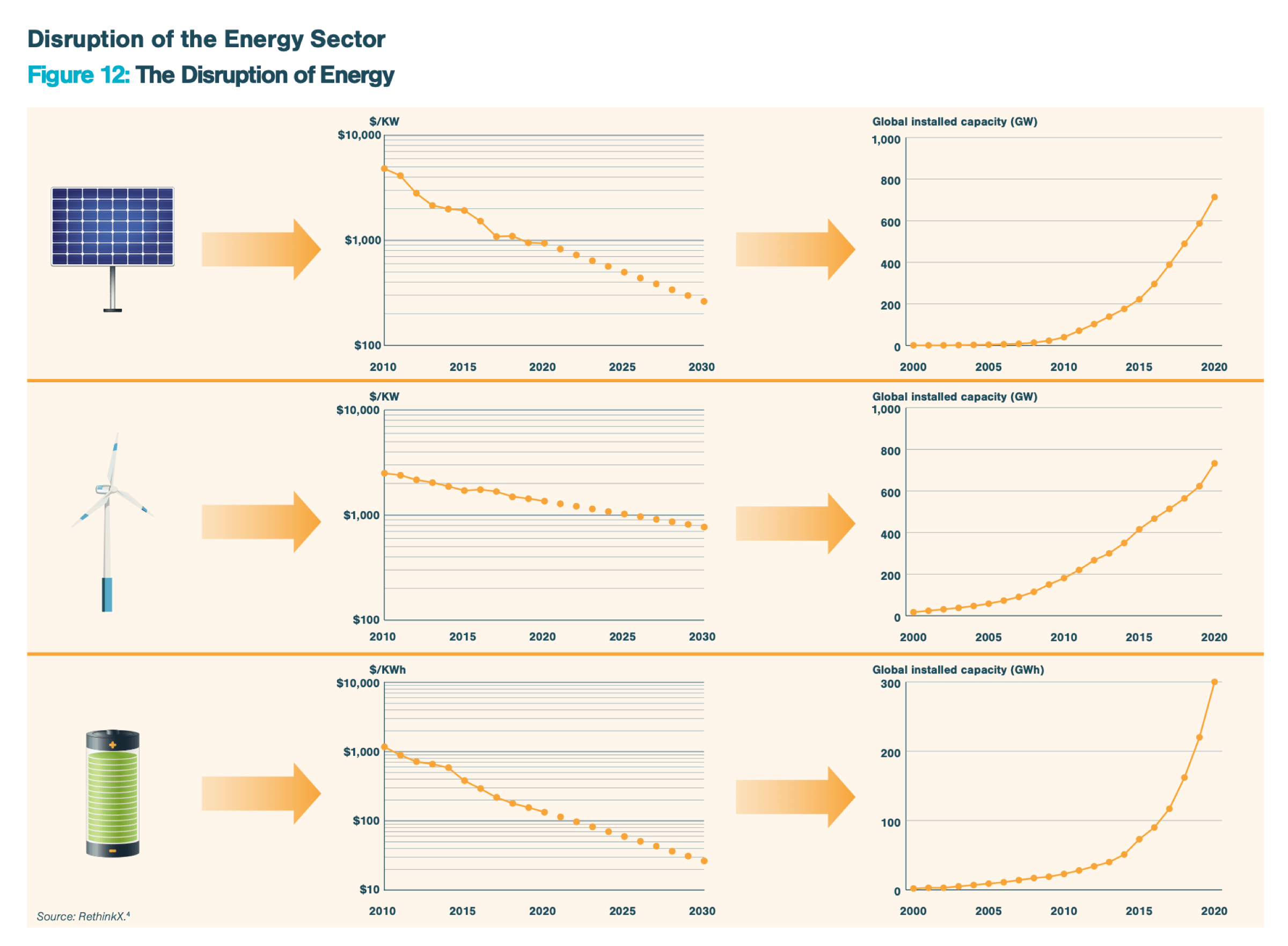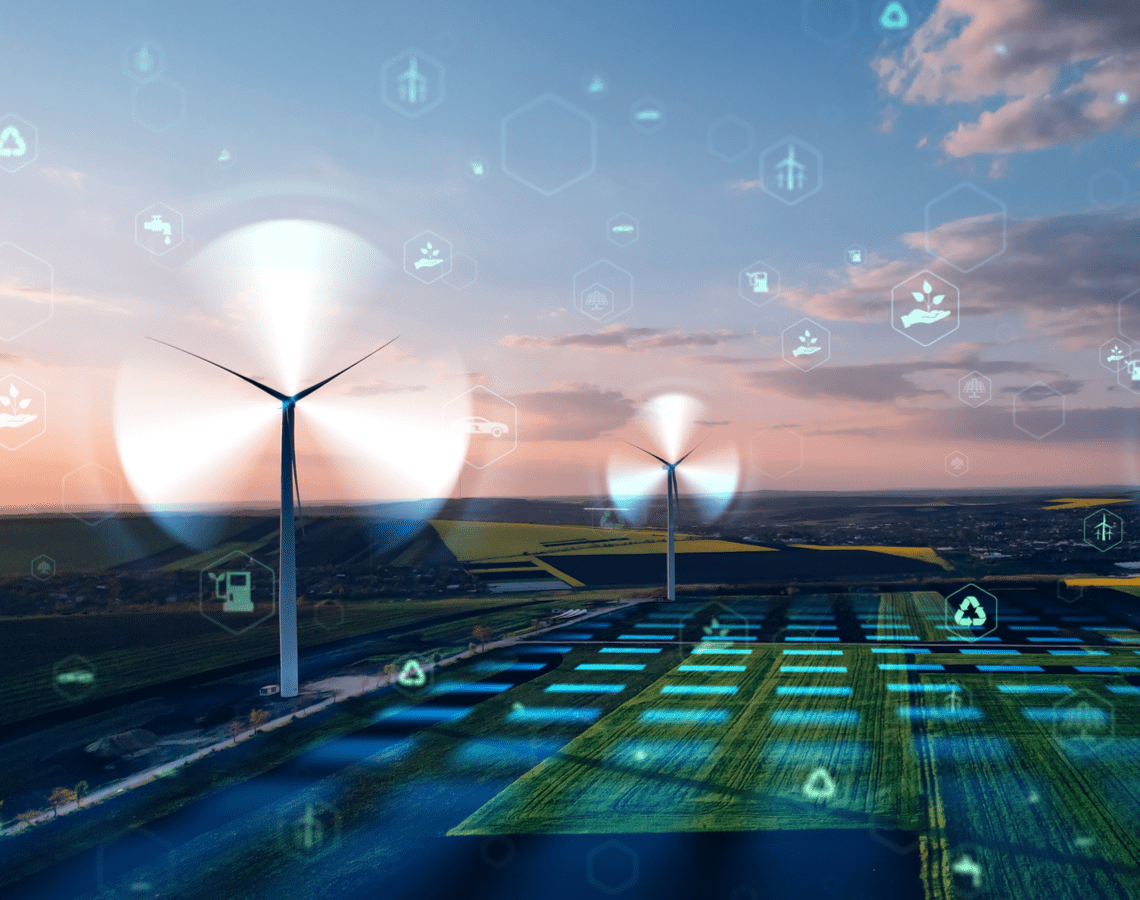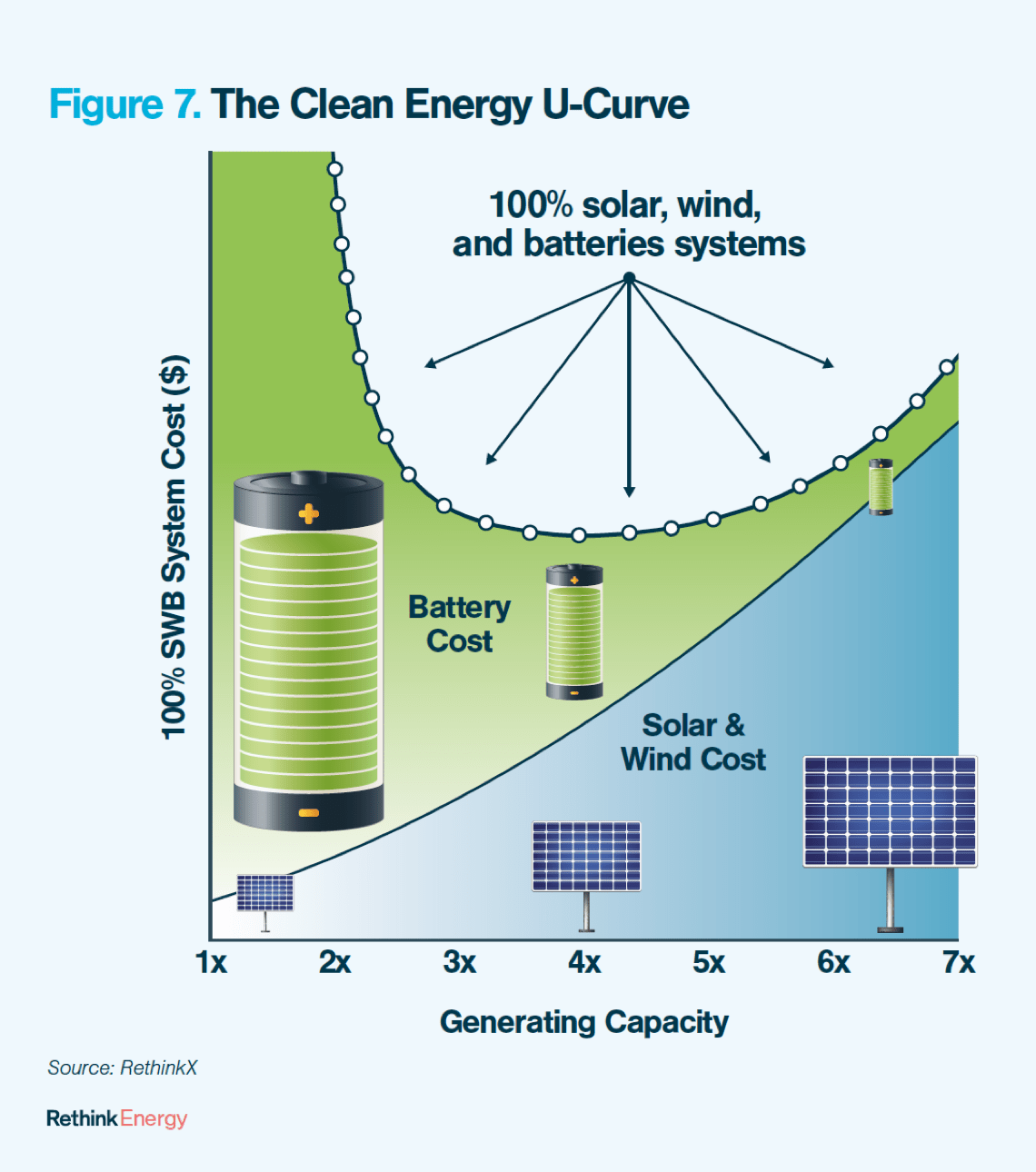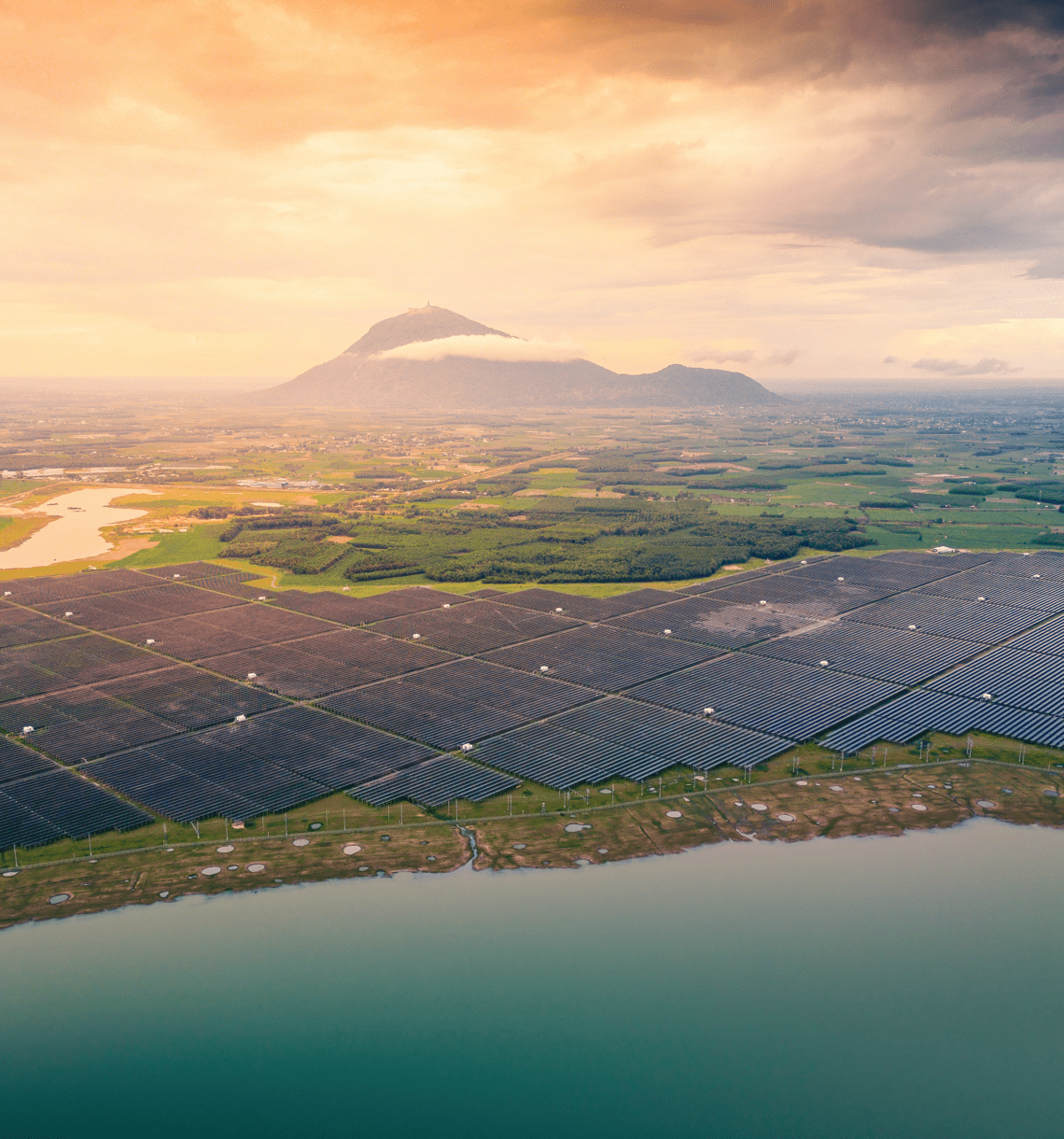Disruption: In depth
Disruption of Energy

Solar photovoltaics, onshore wind power and lithium-ion batteries (SWB) will displace fossil fuels and conventional nuclear power during the 2020s and create an entirely new business model—SWB Superpower—that will disrupt and transform our energy sectors exponentially
A disruption happens when new products and services create a new market and, in the process, significantly weaken, transform or destroy existing product categories, markets or industries.
Disruptive technologies emerge when several technologies, each one improving at a different rate, converge at a certain point in time to make it possible for new products or services to be developed that outperform and outcompete existing products.

Since 2010, costs for solar PV have fallen over 80%, more 45% for onshore wind power and almost 90% for lithium-ion batteries.
Key Features of the energy disruption:
Solar, wind and battery (SWB) cost improvements are consistent and predictable
Each of these technologies will continue its remarkable cost-curve throughout the 2020s.

Coal, oil and gas industries are unable to compete, and will be entirely disrupted by SWB
Incumbent coal, gas and nuclear power plants are already unable to compete with new solar and wind installations for generating capacity.

2030 marks the end for coal, oil and gas
By 2030, incumbent coal, oil and gas will be unable to compete with battery-firmed capacity that makes electricity from solar and wind available all day, all night, all year round.

The disruption of conventional energy technologies is now inevitable
Conventional analysts have failed to predict the rise of SWB
Policymakers, investors, civic leaders and the general public are under the false impression that solar PV and wind power cannot supply 100% of electricity without weeks’ worth of battery energy storage.
This is because conventional models fail to understand that future solar and wind technology will exceed the total electricity generating capacity of today.

Solar, wind and battery are 100% achievable and our cheapest energy option
Our regional analysis proves that 100% SWB is 100% achievable throughout the world. Our Clean Energy U-Curve proves how.
When costs are optimized between power generation and storage capacity, SWB systems are by far the cheapest option compared to existing conventional power plants.

Our Clean Energy U-Curve proves SWB is 100% achievable
Our research reveals a fundamental trade-off relationship between generation capacity and energy storage capacity, which we call the Clean Energy U-Curve.
Because the SWB systems' capacities must be designed to fully meet electricity demand in challenging conditions (such as during cloudy weather or in winter), they are able to produce much more power throughout the rest of the year.

Key outcomes of the disruption of energy:
A 100% SWB system produces a large surplus of energy at near-zero cost. We call this SWB Superpower, and it will create energy independence, superabundance and prosperity for all.
SWB Superpower will transform our societies
The superabundance of clean energy will open the door to extraordinary new possibilities for society, the economy and the environment.
Just as the Internet gave us information and communication at near-zero cost, the superabundance of clean energy will open the door to extraordinary transformations.

SWB Superpower will supply global clean energy at low cost
SWB Superpower will be able to supply clean energy for a wide range of previously carbon-intensive services.
SWB Superpower will be able to supply clean energy for a wide range of previously carbon-intensive services such as water desalination and filtration, road transportation, residential and commercial heating, waste management, and industrial and chemical processes.

SWB Superpower can be implemented anywhere
The ability to deploy solar PV and batteries virtually anywhere will lead to the localization, decentralization and democratization of energy production.
Unlike fossil fuels, nuclear power or even hydropower, the ability to use solar PV and batteries virtually anywhere at any scale will have extraordinary benefits for our societies.

This new energy system will democratize energy production
It is more stable and resilient, and will allow less developed communities to close poverty and equity gaps.
This new energy system will help us leapfrog over previous barriers to human development.

Solar, wind and battery disruptive technologies and the resulting superabundence of SWB Superpower energy they generate will transform our economies and societies
Disruptions are interconnected, and occurring simultaneously across global sectors
The disruptions unfolding across our energy, food, transportation, information and materials sectors during the 2020s will present new challenges and solve old problems.
By embracing disruption, we have the opportunity to move from a world of extraction to one of creation, a world of scarcity to one of superabundance, a world of inequity and predatory competition to one of shared prosperity and collaboration.

Getting it right - RethinkX predicts disruptions
For over a decade, the RethinkX team has accurately predicted the dramatic cost improvements and market growth of SWB in the energy sector, A-EVs and TaaS in the transportation sector, and PF in the food sector.
The approach RethinkX uses, which is based on the Seba Technology Disruption Framework and empirically validated against dozens of historical disruptions since the 19th century, provides a powerful lens through which to view the full complexity of technology disruptions.

%20Copy-min.png?width=717&name=Report_Hero_Rethinking-Energy-LCOE%20(1)%20Copy-min.png)
Featured Report
Uncover Super Power in more depth
Download our Rethinking Energy 2020-2030 Report.

















.png?width=732&name=Copy%20of%20Website%20imagery%20-%20Featured%20Image%201200x628%20(9).png)
.png?width=732&name=Website%20imagery%20-%20Featured%20Image%201200x628%20(3).png)



